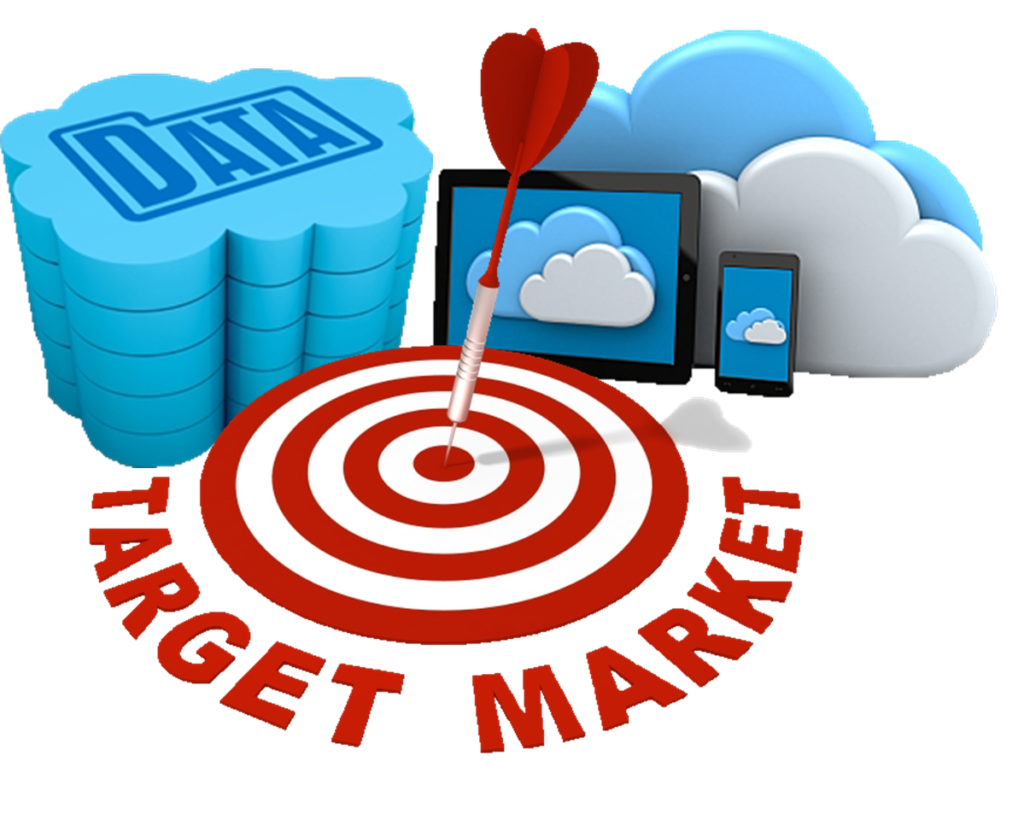“The pace of innovation in marketing technology is astounding,” writes Doug Camplejohn (@camplejohn), CEO and founder of Fliptop. “Adobe, Salesforce, SAP, IBM and Oracle all have their own take on one-stop enterprise software,” he adds, “promising a complete set of integrated solutions to help marketers maximize and measure impact from a single platform.”[1] Despite all the promises from the big players, Camplejohn notes that “point solutions, or solutions that address one specific need within an organization, continue to emerge.” That’s because there is no one-size-fits all solution for marketing. While this can be confusing for marketers, there are a few basics that Camplejohn and other pundits believe are critical for marketers to know about and take advantage of. Mobile technology is one basic technology that hasn’t escaped anyone’s notice. Camplejohn writes:
“People now use their smartphones all the time, for everything, with average usage clocking in at around 195 minutes per day. Mobile devices create powerful opportunities for marketers in both the business-to-business and business-to-consumer realms to engage with consumers in the moment, and that trend is going to accelerate in 2015 and beyond. However, this mobile migration doesn’t come without challenges — it will become increasingly hard to track engagement and important data across users and devices (smartphones, tablets and wearables). Marketers should invest in solutions that allow them to deliver valuable experiences across all devices, improve targeting and customization, and enable them to make connections between what happens offline and online.”
The second basic that Camplejohn asserts marketers need to know is that “content is king.” He explains:
“The ability to educate potential customers will become a top differentiator, regardless of what industry you are in. Helpful, informative content will continue to grow in importance, which means marketers should seek out platforms that facilitate the creation and delivery of high-quality content at scale. In addition, these solutions should be able to identify trends and themes that are resonating with target audiences.”
Analysts at Business.com note that some of informative content that Camplejohn believes is so important can be drawn from big data.[2] They explain:
“When big data is used to empower companies in creating compelling content culled from research, it has multiple benefits.
- It helps a company understand their target audience’s interests so they are then able to shape content that connects to their interests, socioeconomic profile, and other factors. Thus, that company becomes an influencer within their industry. …
- It helps drive traffic to the company’s website, which in turn increases sales conversions.
- When content increases traffic, there’s a bigger opportunity for advertising sales.
- Interesting content is more likely to be shared on social media. That hugely aids in strengthening a company’s social media score and brings them attention from external news sources.
- Big data can give companies a large pool of intriguing information to pull from at a low cost, giving them an endless supply of content.
- When you understand your audience in an in-depth, data-driven way, you then have the tools available to improve services to them.”
Natasha D. Smith asserts that consumers are not only looking for valuable content about products but about the company as well.[3] This is particularly true of consumers who are members of post-Boomer generations. According to most research, they are more sensitive to social issues than members of previous generations. Smith calls this new kind of content “conscious capitalism.” She explains:
“Today, conscious capitalism — also referred to as social marketing and purpose marketing — is a method that brand marketers use to woo potential customers by convincing them that the company is indeed socially responsible and in tune with community needs. Although already a tried-and-true method, a growing number of analysts are calling it the ‘marketing of the future,’ as study after study shows that millennials — the future of most every customer base — are interested in these do-good philosophies. They want to make a difference, so begin to appeal to them now with higher-purpose messaging.”
The next basic that Camplejohn indicates marketers must be aware of is interconnected technology. The network over which technologies are going to be connected is called the Internet of Things and it’s a growing phenomenon. Camplejohn notes that interconnected technology can create challenges for marketers because it means that consumers are using a number of different technology platforms on their path to purchase. As a result, writes Camplejohn, “It has become more difficult to merge and analyze this data in meaningful ways. Marketers need to seek out solutions that bridge the gaps between these separate data sources and provide a unified view.” Concerning the Internet of Things, Smith writes:
“Researchers say a vast network of data-collecting devices — i.e., the Internet of Things — will enable marketing in the future. This projected rise of embedded and wearable sensors will revolutionize marketing in homes, communities, goods and services, the environment, and even our bodies. Brands should step in and provide services that we wouldn’t think of them providing today.”
The next basic that Camplejohn claims marketers need to understand is hyper-targeting. He explains:
“There is a gold mine of consumer data out there that enables marketers to target users with relevant, personalized messages. The promise of targeted marketing is nothing new, but 2015 will be the year that marketers get it right. Marketers will be able to use analytics to highlight target audiences and deliver them the right message, at the right time, and in the right place. Using a combination of internal and external data (from publicly available sources such as social media) marketers will gain a better understanding of who their most promising customers are, and how to engage them most effectively. This ‘hyper-targeting’ allows marketers to focus their efforts and money on the people who are most likely to convert into customers, as well as tailor the brand’s messaging to those customers throughout the entire sales cycle.”
Smith agrees that “marketers must learn how to leverage Big Data.” She adds, “The idea of Big Data carries great promise. If leveraged effectively, Big Data can be a major problem solver. It can improve customer experience, boost customer interaction, increase revenue, reduce costs, and identify breakdowns in infrastructure and the sales funnel.” Apparently marketing executives are taking notice of targeted marketing. BizReport notes, “Researchers found that 85% of agency and 76% of B2B execs believe targeting content is ‘very important’ to their strategy so that the right content reaches the right consumer segments at the right time. Nearly two-thirds (63%) of B2C execs agreed.”[4]
The final basic thing that Camplejohn believes marketers need to understand is that predictive analytics are going to become much more refined. As a result, he writes, “2015 will be the year where marketers finally can tie marketing activity directly to revenue.” He adds:
“Based on this information, marketers will know precisely where to increase investments and where to cut. Most importantly, technology will help marketers accurately forecast how those adapted investments will affect the sales pipeline and revenue.”
Along those same lines, Smith insists that marketers must become more familiar with attention metrics. “This year focus on attention metrics or measurements that track the total time audience members spend with content and their level of engagement,” she writes. “For example, measure the percentage of people who play videos in their entirety. In the words of Chartbeat CEO Tony Hail, ‘It’s no longer just your clicks [that marketers] want; it’s your time and attention.'” Camplejohn indicates that the “marketing cloud” is what has made all of this new type of marketing possible. The cloud is changing the business landscape in almost every industry and the marketing industry is no different.
Footnotes
[1] Doug Camplejohn, “Marketers Should Consider These 5 Tech Trends in the Coming Year,” Entrepreneur, 9 January 2015.
[2] Staff Business.com, “How Big Data Is Driving Content Marketing Strategies,” Business 2 Community (B2C), 8 December 2014.
[3] Natasha D. Smith, “6 Buzz Phrases Marketers Should Take Seriously in 2015,” Direct Marketing News, 12 January 2015.
[4] Staff, “Survey: Marketers want targeting, data, team building,” BizReport, 6 January 2015.





